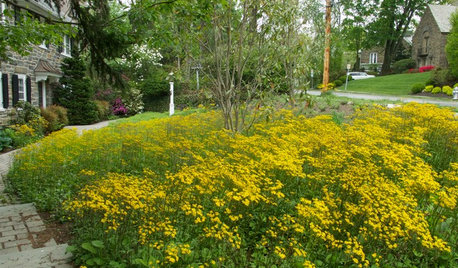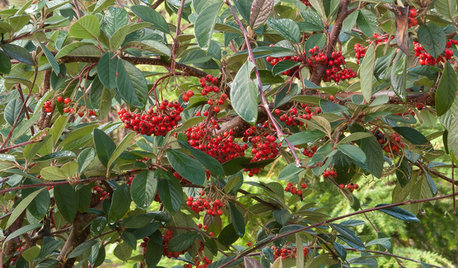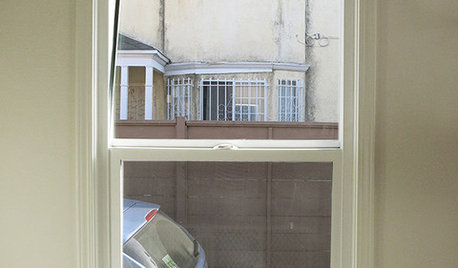non-invasive 'paulowina'? ? yes ! ! !
gransfun
16 years ago
Related Stories

LIFE9 Non-Awkward Ways to Meet Your Neighbors
Get tips on how to finally connect with the people nearby, whether you’re an introvert or a social butterfly
Full Story
GARDENING GUIDES6 Plants That Beat Butterfly Bush for the Wildlife Draw
It's invasive, a nonnative and a poor insect magnet. Check out these better alternatives to butterfly bush in the garden
Full Story
GARDENING GUIDESTop 12 Summer-Blooming Perennials for Deer-Resistant Drama
Can you have garden color, fragrance and exciting foliage with hungry deer afoot? These beauties say yes
Full Story
GARDENING GUIDESPackera Aurea Puts On a Springtime Show in Sun or Shade
This vigorous native ground cover welcomes bees with its early-blooming flowers and makes an attractive lawn alternative
Full Story
GARDENING GUIDESGreat Design Plant: Cotoneaster Lacteus
Parney cotoneaster is a low-maintenance, four-season shrub that offers great foliage, spring flowers and jewel-like berries
Full Story
GARDENING GUIDESGarden-Friendly Native Alternatives to Overplanted Exotics
There are lots of gorgeous, wildlife-friendly native plants ready to make an appearance in your garden
Full Story
FARM YOUR YARDHow to Build a Raised Bed for Your Veggies and Plants
Whether you’re farming your parking strip or beautifying your backyard, a planting box you make yourself can come in mighty handy
Full Story
FRONT YARD IDEASBefore and After: Front Lawn to Prairie Garden
How they did it: Homeowners create a plan, stick to it and keep the neighbors (and wildlife) in mind
Full Story
KITCHEN DESIGNSo Over Stainless in the Kitchen? 14 Reasons to Give In to Color
Colorful kitchen appliances are popular again, and now you've got more choices than ever. Which would you choose?
Full Story
WINDOW TREATMENTS6 Ways to Deal With a Bad View Out the Window
You can come out from behind the closed curtains now. These strategies let in the light while blocking the ugly
Full StoryMore Discussions







pineresin
saccharum
Related Professionals
Arnold Landscape Architects & Landscape Designers · East Rancho Dominguez Landscape Architects & Landscape Designers · Taylorsville Landscape Architects & Landscape Designers · Fairview Landscape Contractors · Framingham Landscape Contractors · Gurnee Landscape Contractors · Hilo Landscape Contractors · Lady Lake Landscape Contractors · Rochester Landscape Contractors · Siloam Springs Landscape Contractors · Tewksbury Landscape Contractors · Kenosha Siding & Exteriors · Ashland Decks, Patios & Outdoor Enclosures · Chandler Decks, Patios & Outdoor Enclosures · Kansas City Decks, Patios & Outdoor Enclosuressam_md
quirkyquercus
jean001
Fledgeling_
Marie Tulin
Dibbit
quirkyquercus
Embothrium
quirkyquercus
Embothrium
Carrie B
Embothrium
johnaberdeen
Embothrium
johnaberdeen